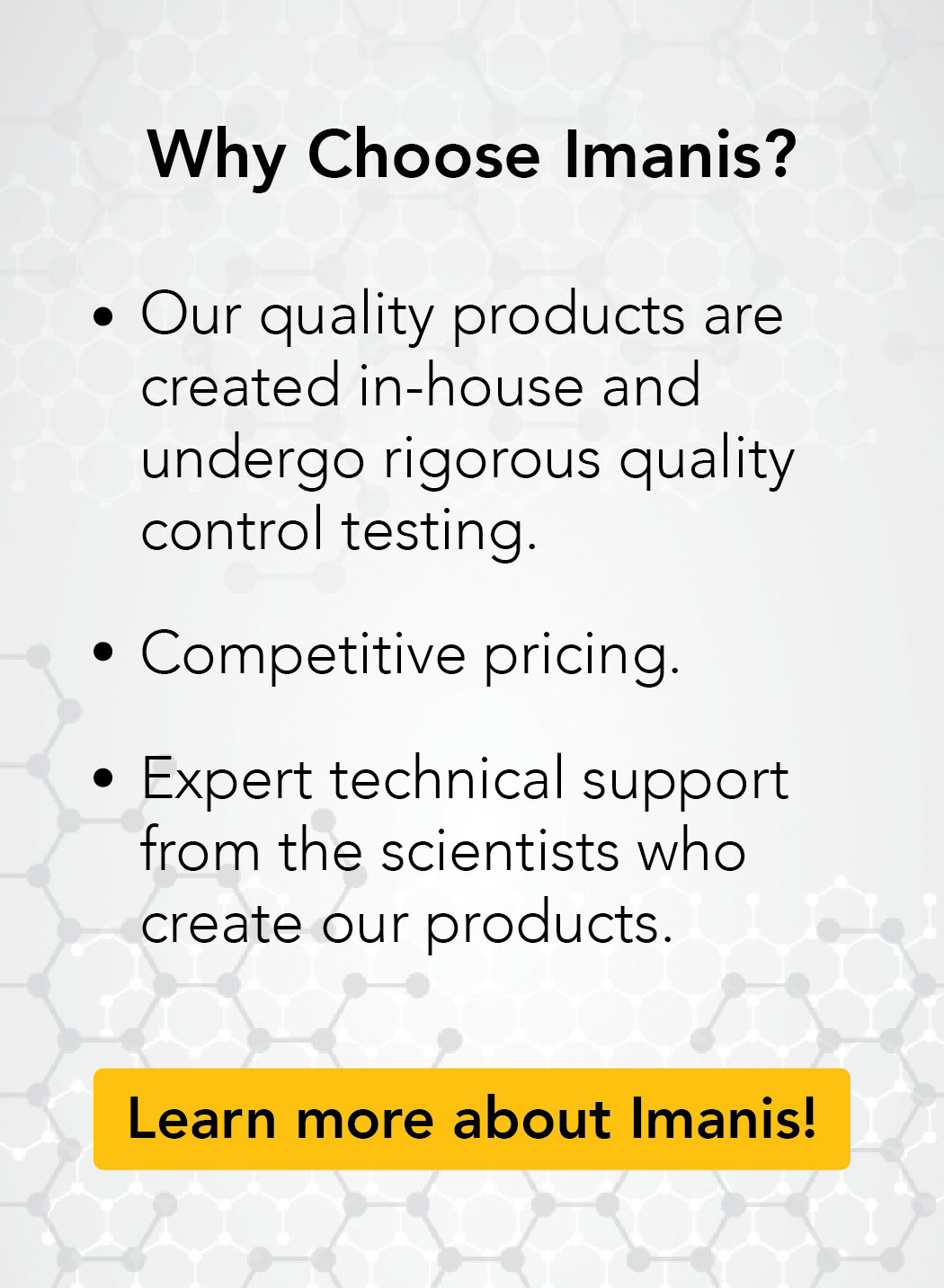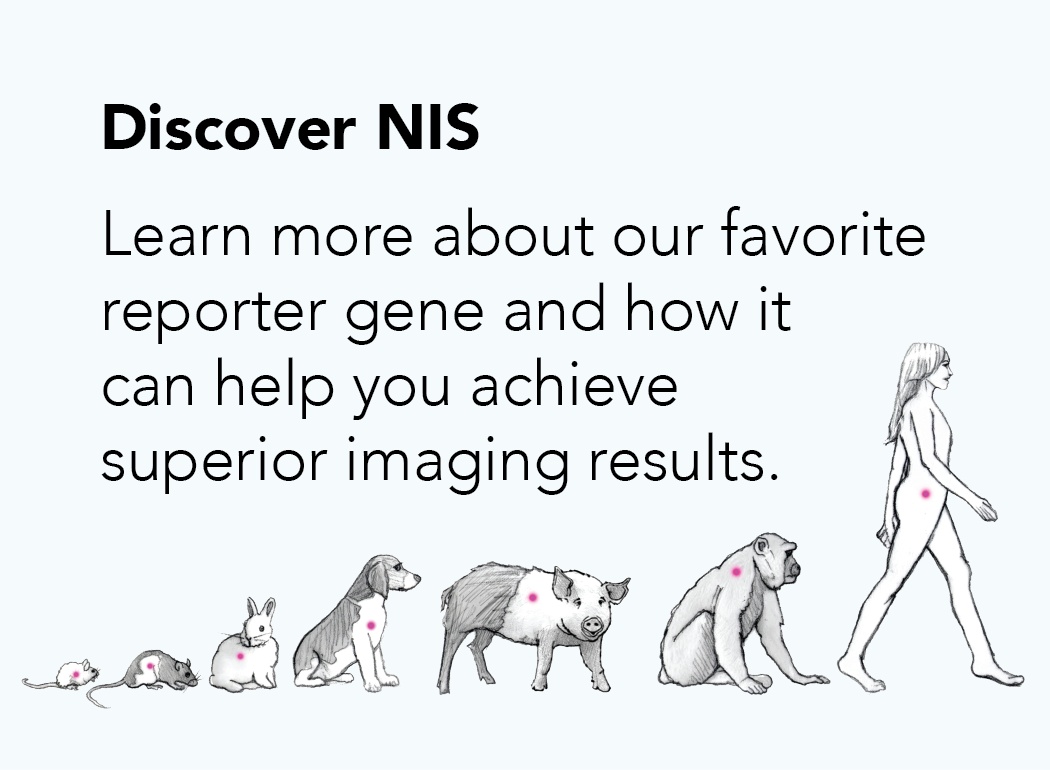How a 7th Grade Science Project Set a Little Girl on the Path to Become a Leading COVID-19 Antibody Researcher
March 10, 2021, Imanis Life Sciences, Rochester MN
Dr. Rianna Vandergaast’s path as a lead researcher in COVID-19 neutralizing antibody testing began with a simple, seventh grade science project. Her father, an environmental scientist, was the one who suggested they collect water samples from people in their own neighborhood.
“We actually went around to our neighbors, because we lived out in the country at that point,” Vandergaast told Inside Edition Digital. “And so most people had their own wells rather than being on city water. And we would collect samples and we just kind of randomly knocked on people’s doors and explained that I was doing this project, and would they let us go take a sample from their well?”
The Minnesota-based scientist said that the moment was pivotal for her, because she realized that science was exciting not only as a vehicle to learn new things, but also for its ability to solve real-world problems.
After earning her PhD in biochemistry at University of Wisconsin-Madison, Vandergaast ended up as a principal scientist at biotech company Imanis Life Sciences. When the COVID-19 pandemic began last year, the company already had a group specializing in making oncolytic viruses, which are engineered to target and kill cancerous tumors.
“I remember, I went home Friday, not really having anything on my radar about this, to suddenly, then Sunday morning, there being an emergency meeting called,” Vandergaast said.
By March, it was “all hands on deck” to develop an assay for detecting neutralizing antibodies indicative of a COVID-19 immune response.
The Plaque Reduction Neutralization Test (PRNT) is considered the “gold standard” for serological testing, although it is not widely scalable for surveillance of COVID-19 protection and vaccine efficacy, according to Imanis.
It also uses the actual virus, which requires working at a “biosafety level three,” Vandergaast said. “There’s a lot of specialty things that are needed in those labs. And there’s just not — you don’t find biosafety level three labs everywhere. So right away that limits the number of labs that are able to do it.”
By contrast, the assay developed for Imanis’s test, IMMUNO-COV, doesn’t use the actual virus, and Vandergaast’s lab works in biosafety level two.
“What we did with this test is we took this harmless virus and we gave it the spike protein from SARS-CoV. That’s the part of the coronavirus that it uses to get into a cell.”
Researchers tracked which cells were getting infected by the virus with luciferase — the protein in a firefly that makes it glow.
“We don’t have to look at everything by eye. We have machines that are able to go in and very, very quickly in less than a second read and see, is there are a lot, or is there a little bit of infection in this well? So we set it up in such a way that not only can we work at a safer level, but we can handle a much larger quantity of samples because we’ve got these machines that can read them very, very quickly,” Vandergaast said.
The test not only tells you if you have the neutralizing antibodies, but also how much of them that you have, which is an important indicator for researching long-term COVID-19 immunity.
In a study conducted by Imanis Life Sciences in collaboration with Vyriad, Mayo Clinic, Regeneron Pharmaceuticals and the World Reference Center for Emerging Viruses and Arboviruses, researchers found that individuals infected with COVID-19 experienced, on average, at least a 50% decline in the amount of neutralizing antibodies within six months.
The study, which was co-authored by Vandergaast and Stephen J. Russell, also showed that although it’s a trend, a case of severe COVID-19 does not always result in higher levels of antibody protection than a case with mild or moderate symptoms. The participant with the highest titer level had moderate symptoms.
But the main focus with this particular study was developing the assay, so they were looking at a small number of samples, Vandergaast added.
“We think we have a pretty good initial sort of indication, but we really need to do studies with larger sample groups. And the power is that now that we have these IMMUNO-COV tests, we can go and do those studies,” Vandergaast said.
Vandergaast, a mom of two young boys, said she’s excited that her sons are starting to become more interested in science.
“One of my favorite days was when my older son, my 7-year-old, went to school and one of his friends got one of the COVID tests for looking for the virus — the one that goes down your nose. And he was relating to the other kids in his class how unpleasant it was to have that thing stuck down his nose. And my older son came home and he said, ‘I told him that your test isn’t so bad. You don’t have to stick anything down your nose,’” Vandergaast said.
Published March 10, 2021: https://www.insideedition.com/how-a-7th-grade-science-project-set-a-little-girl-on-the-path-to-become-a-leading-covid-19-antibody

